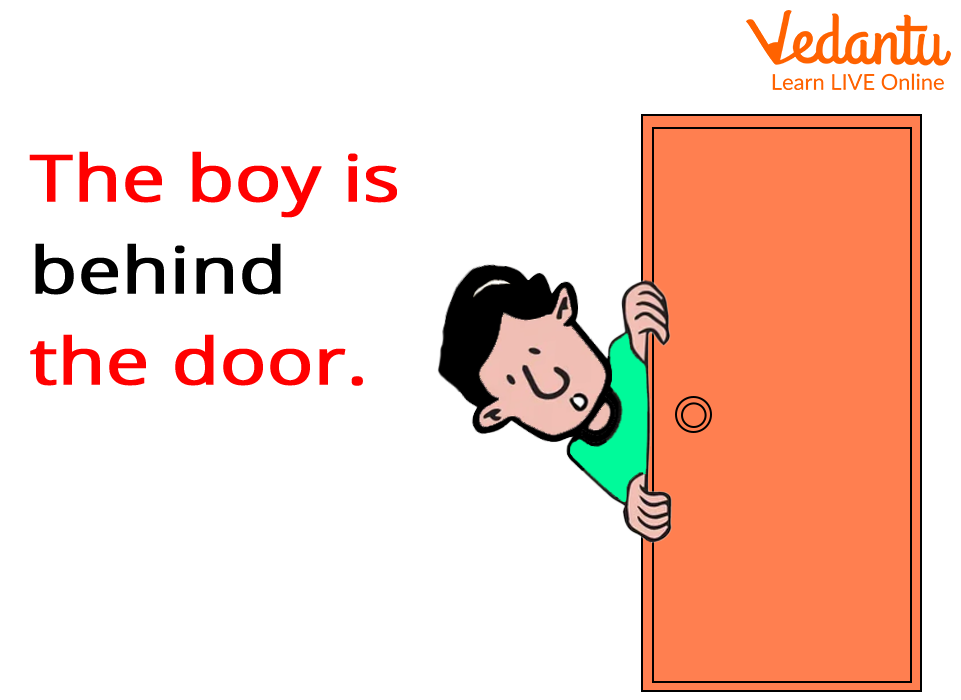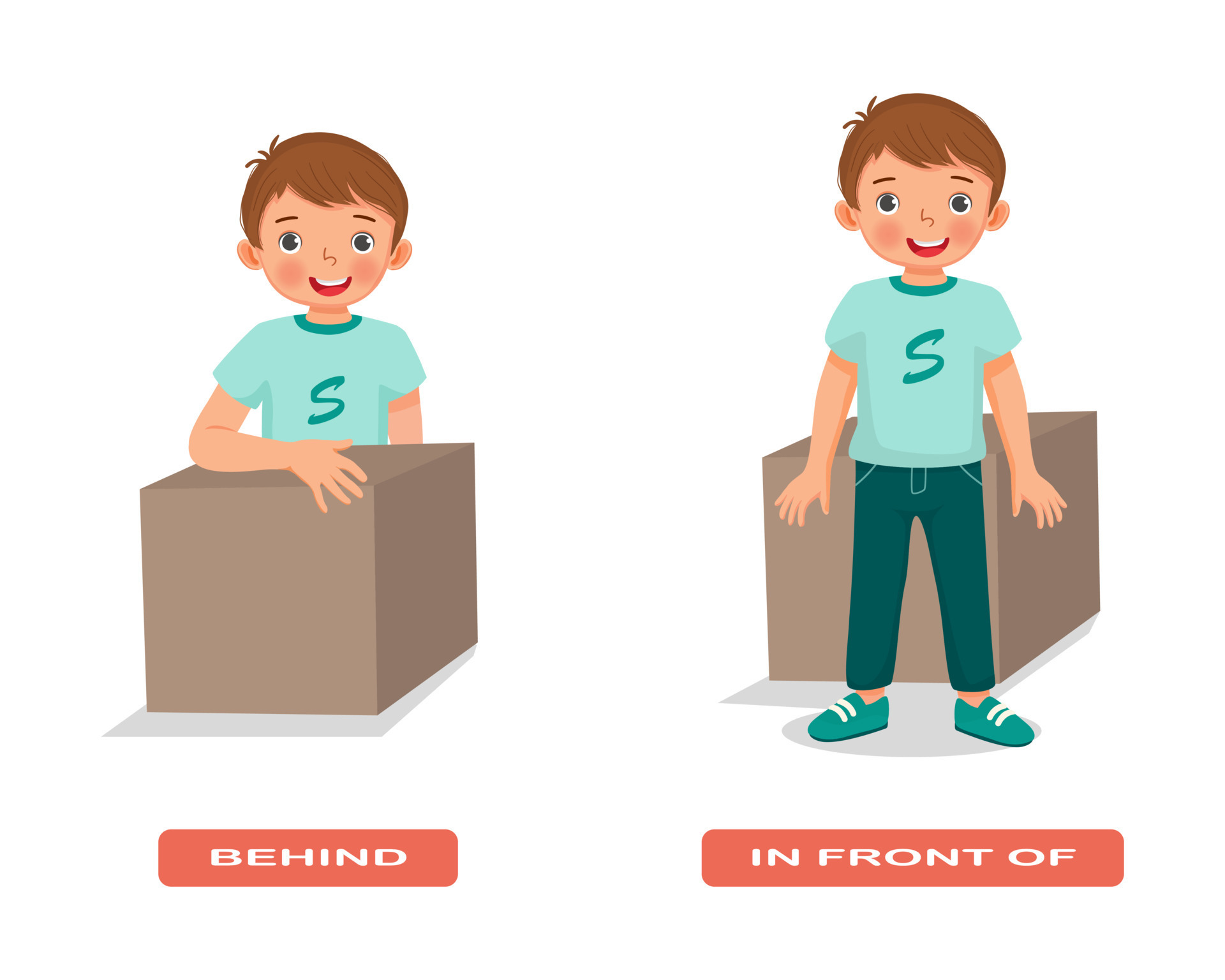
Beyond the Roar: Unveiling the Unseen World of the UEFA Champions League
The UEFA Champions League. The very name conjures images of gladiatorial contests under floodlights, last-minute heroics, and the spine-tingling crescendo of the iconic anthem. It’s a spectacle of unparalleled grandeur, watched by billions across the globe, a competition where legends are forged and dreams are realized or shattered in a single, agonizing moment. But beneath the dazzling lights, the perfectly manicured pitches, and the deafening roar of the crowd, lies an intricate, meticulously planned, and often unseen world. The Champions League isn’t just a series of football matches; it’s a monumental logistical undertaking, a symphony of human effort, cutting-edge technology, and unwavering dedication that operates largely out of the public eye.
This article delves into the hidden machinery that brings Europe’s elite club competition to life, exploring the myriad of facts and fascinating details that unfold long before the first whistle blows, and continue long after the final celebratory confetti settles.
The Logistics Labyrinth: From Ground Zero to Kick-Off
The journey of a Champions League match begins not with the draw, but with years of planning and meticulous preparation. For a stadium to host a UCL fixture, it must meet stringent UEFA requirements covering everything from pitch quality and lighting to media facilities, security infrastructure, and even the size of the dressing rooms. UEFA delegates conduct thorough inspections, often months in advance, to ensure compliance.
Pitch Perfection: The hallowed turf isn’t just grass; it’s a meticulously engineered playing surface. Groundskeepers work tirelessly, sometimes using artificial lighting rigs and under-soil heating systems, to maintain the pitch at an optimal 23mm grass height – a standard preferred by UEFA for consistent ball roll. Before every match, the pitch is watered to a specific level, and the lines are painted with laser precision. Any deviation can lead to fines or even a change of venue.
Security, A Multi-Layered Fortress: In an era of heightened security concerns, protecting players, officials, and fans is paramount. A Champions League match involves a multi-agency operation: local police forces, private security firms, UEFA’s own security personnel, and even intelligence agencies collaborate. This encompasses everything from sophisticated surveillance systems and access control at stadium perimeters to escorting team buses, managing crowd flow, and identifying potential threats. Teams are often provided with secure hotels, private transport, and personal security details from the moment they land in a host city.
Travel and Accommodation: For away teams, UEFA orchestrates a seamless travel experience. This includes charter flights, often departing from private terminals, and designated hotels that meet specific security and privacy criteria. The logistics team ensures that teams arrive rested and focused, minimizing any external distractions. Even the route from the airport to the hotel, and subsequently to the stadium, is meticulously planned and secured.
The Unseen Hand: Referees, VAR, and the Pursuit of Justice
While fans often focus on the players, the officials are the silent orchestrators of the game, operating under immense pressure.
Elite Selection and Training: UEFA referees are an elite cadre, chosen from the best national officials. Their journey involves rigorous physical tests, in-depth theoretical examinations of the Laws of the Game, and continuous performance evaluations. They are often assigned to matches in countries where they have no prior affiliation to ensure impartiality. Before a major tournament or a crucial knockout stage match, officials undergo intensive training camps, focusing on fitness, team-building, and consistent application of the rules.
The VAR Nerve Centre: The introduction of Video Assistant Referee (VAR) has added another layer of complexity and scrutiny. Far from the stadium, a dedicated VAR room, often located in a central hub like UEFA’s headquarters or a designated broadcast centre, houses a team of officials meticulously reviewing replays. This team communicates constantly with the on-field referee, advising on clear and obvious errors related to goals, penalties, red cards, and mistaken identity. The technology itself is complex, involving multiple camera angles, synchronized feeds, and dedicated operators ensuring seamless communication. The pressure on the VAR team is immense, as a single wrong call can alter the course of the competition.
Goal-Line Technology: Beyond VAR, independent goal-line technology systems (like Hawk-Eye or GoalRef) are employed. These systems use high-speed cameras or magnetic fields to instantly determine if the ball has fully crossed the goal line, sending an immediate signal to the referee’s watch – removing any human doubt from one of the game’s most crucial moments.
The Symphony of the Spectacle: Anthem, Trophy, and Ceremonial Grandeur
The Champions League is as much about the show as it is about the sport.
The Iconic Anthem: The UEFA Champions League Anthem, composed by Tony Britten, is more than just a piece of music; it’s a pre-match ritual that signals the start of something special. Sung by the Royal Philharmonic Orchestra and the Academy of St Martin in the Fields chorus, it’s a blend of English, German, and French, encapsulating the pan-European spirit of the competition. The timing of its play, the raising of the UEFA flag, and the lining up of the players are all precisely choreographed down to the second.
The Trophy’s Travels: The iconic "Big-Eared" trophy, standing 73.5 cm tall and weighing 7.5 kg, is a symbol of unparalleled achievement. While the winning club gets to keep the actual trophy for a short period, and then a full-size replica, UEFA always retains possession of the original. For promotional events, a replica is often used, transported with its own dedicated security detail. The actual trophy is brought out for the final, meticulously polished, and guarded until it’s presented to the victorious captain.
The Opening Ceremony: Before the final, a spectacular opening ceremony is often staged, involving hundreds of volunteers, elaborate choreography, light shows, and musical performances. These are rehearsed for weeks, sometimes months, to ensure flawless execution on the biggest stage. Every flag-bearer, every dancer, and every prop is assigned a specific place and time.
Player Welfare and Dressing Room Dynamics
Beyond the physical demands, the Champions League takes a toll on players, both mentally and physically.
Comprehensive Medical Support: Each club travels with a full medical contingent – doctors, physiotherapists, and sports scientists. Beyond that, UEFA has strict medical protocols for every match, including on-site emergency medical teams, defibrillators, and clear pathways to local hospitals in case of serious injury. Doping control is also a standard procedure, with randomly selected players undergoing tests after every match.
Nutrition and Recovery: Pre-match meals are carefully curated to provide optimal energy, avoiding anything that might upset a player’s stomach. Post-match, immediate recovery protocols are vital: ice baths, massage, specific protein and carbohydrate intake, and sleep monitoring. The logistics of managing dietary requirements for an entire squad, especially across different cultures and preferences, is a complex task.
The Inner Sanctum: Dressing Room Secrets: The dressing room is the team’s sanctuary. Before matches, it’s meticulously prepared: jerseys laid out, boots polished, personal items like shin pads and specific energy drinks organized. The atmosphere within can range from quiet focus to boisterous energy. Coaches use this space for crucial tactical talks, and players engage in their individual pre-match rituals, some known, many hidden from public view. After the match, it becomes a space for celebration or commiseration, where emotions run high.
The Financial Engine and Commercial Complexities
The Champions League is not just a sporting event; it’s a massive global business.
Prize Money and Revenue Distribution: The financial stakes are astronomical. UEFA distributes billions of euros in prize money, based on participation, performance (wins, draws, progression through stages), and historical coefficient rankings. A significant portion of the revenue also comes from the "market pool," which is distributed based on the proportional value of each television market. This financial incentive drives clubs to invest heavily in their squads, creating a virtuous cycle of competition and revenue generation.
Television Rights: The vast majority of the Champions League’s revenue comes from television broadcasting rights. These are sold on a country-by-country basis, leading to fierce bidding wars among broadcasters. The global reach of the competition means matches are televised in virtually every corner of the world, generating immense viewership numbers and advertising revenue.
Sponsorships and Branding: UEFA works with a select group of global sponsors who pay vast sums for association with the Champions League brand. This partnership goes beyond just advertising boards; it involves intricate branding integration, hospitality packages, and co-promotional activities that enhance the commercial value of the competition.
The Unsung Heroes and Hidden Rules
For every player on the pitch, there are dozens, if not hundreds, of individuals working tirelessly behind the scenes.
Volunteers and Support Staff: From guiding fans to their seats to assisting media personnel, thousands of volunteers and temporary staff are crucial to the smooth running of a match. Their often unseen efforts ensure that everything from catering to crowd management operates flawlessly. Groundskeepers, caterers, drivers, translators, and security guards – all play vital, yet often uncredited, roles.
The Technical Delegates: Beyond the referees, UEFA assigns technical delegates to each match. These individuals oversee all operational aspects, ensuring that everything from the timing of the team arrivals to the post-match press conferences runs according to UEFA’s strict protocols.
Minute Details in the Rulebook: The Laws of the Game are complemented by a detailed set of UEFA regulations that govern everything from player registration deadlines and squad list submissions to kit clashes (requiring specific alternate kits) and the number of personnel allowed on the bench. Even the dimensions of the technical area and the mandatory attendance at post-match press conferences are precisely outlined.
Conclusion: A Masterpiece of Precision and Passion
The UEFA Champions League is a truly global phenomenon, a testament to the beauty and passion of football. But its enduring appeal and flawless execution are not accidental. They are the result of an extraordinary level of planning, coordination, and human endeavor that takes place far from the glare of the television cameras. From the meticulous grooming of the pitch to the complex web of security, the intricate dance of broadcasting logistics, and the silent dedication of thousands of unsung heroes, the Champions League is a masterpiece of precision and passion.
Understanding these behind-the-scenes facts deepens our appreciation for the beautiful game, revealing the sheer scale of the operation required to deliver those unforgettable nights of European football. So, the next time the iconic anthem rings out, remember the unseen world beyond the roar – a world where every detail is meticulously crafted to ensure that the greatest club competition on earth continues to captivate and inspire.



